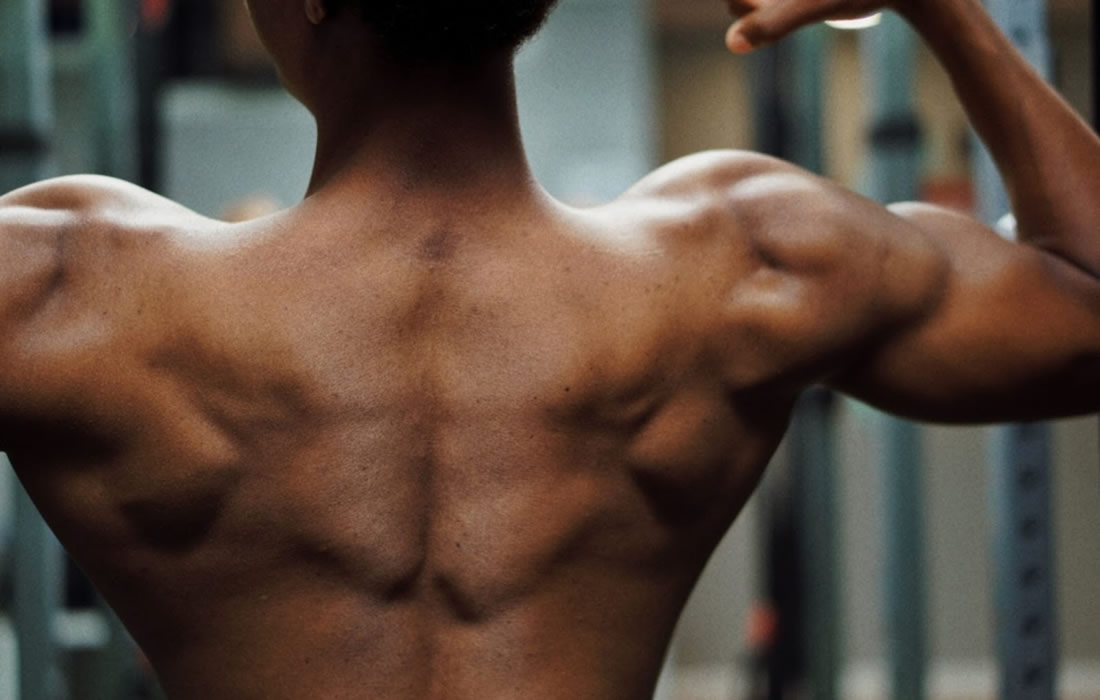Stem Cell Therapy for Specific Conditions
Lab Grown, Self-Sustainable Muscle Cells Repair Muscle Injury and Disease, Mouse Study Shows
In proof-of-concept experiments, Johns Hopkins Medicine scientists say they have successfully cultivated human muscle stem cells capable of renewing themselves and repairing muscle tissue damage in mice.
To make the self-renewing stem cells, the scientists began with laboratory-grown human skin cells that were genetically reprogrammed to a more primitive state in which the cells have the potential to become almost any type of cell in the body, known as induced pluripotent stem (IPS) cells.
The research team, led by Gabsang Lee, Ph.D., D.V.M., coaxed IPS cells to turn into muscle stem cells using a nutrient-rich broth.
With mice, the research team sought to determine where the newly developed cells would migrate in living animals, and if they could repair damaged tissue.
The team reported that when they injected the muscle stem cells into the mouse muscles, the cells moved to an area of the muscles known as the niche, where other natural muscle stem cells are typically found, and stayed there for more than four months.
The research team then used two different methods to determine if the muscle stem cells would repair damaged tissue.
-Method one: researchers transplanted the muscle stem cells into mice genetically engineered and bred without an immune system to avoid rejection of the transplanted cells. They then exposed the animals to a muscle-degrading toxin and radiation to eliminate muscle stem cells already existing within the mouse.
Researchers found that the transplanted human muscle stem cells developed into myoblasts, a kind of muscle construction cell that repairs damage by fusing together and developing the microfibers that characterize normal muscle.
-Method two: researchers transplanted the muscle stem cells into mice genetically engineered with a mutation in the dystrophin gene, which results in Duchenne muscular dystrophy, a muscle wasting disorder in mice and humans.
The researchers found that transplanted muscle stem cells traveled to the muscle niche area. Over several months, tests showed the transplanted mice were able to run twice as far on mini treadmills than untreated mice, a measure of muscle strength.
In conclusion lee says “These muscle stem cells could potentially be developed as treatments for many types of muscle disorders”
Sources:
Congshan Sun, Suraj Kannan, In Young Choi, HoTae Lim, Hao Zhang, Grace S. Chen, Nancy Zhang, Seong-Hyun Park, Carlo Serra, Shama R. Iyer, Thomas E. Lloyd, Chulan Kwon, Richard M. Lovering, Su Bin Lim, Peter Andersen, Kathryn R. Wagner, Gabsang Lee. Human pluripotent stem cell-derived myogenic progenitors undergo maturation to quiescent satellite cells upon engraftment. Cell Stem Cell, 2022; 29 (4): 610 DOI: 10.1016/j.stem.2022.03.004
Johns Hopkins Medicine. “Lab grown, self-sustainable muscle cells repair muscle injury and disease, mouse study shows.” ScienceDaily. ScienceDaily, 20 April 2022. <www.sciencedaily.com/releases/2022/04/220420151643.htm>.
Images from:
Photo by Nigel Msipa
https://unsplash.com/photos/0DbeC_XYO7c

